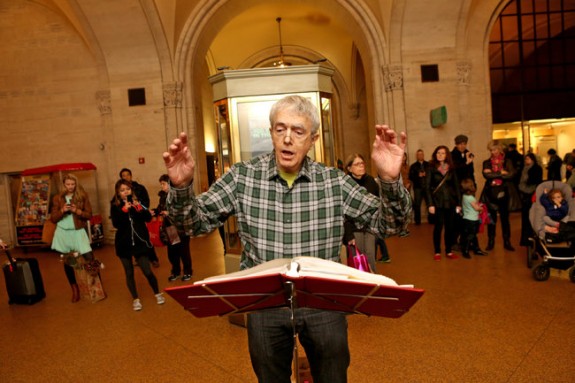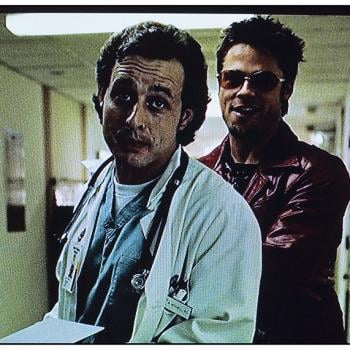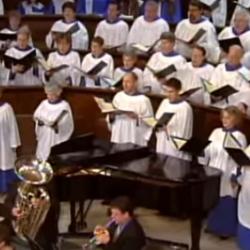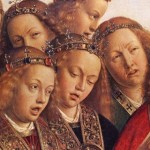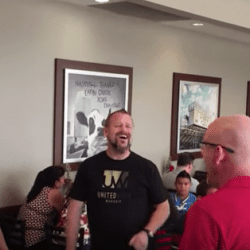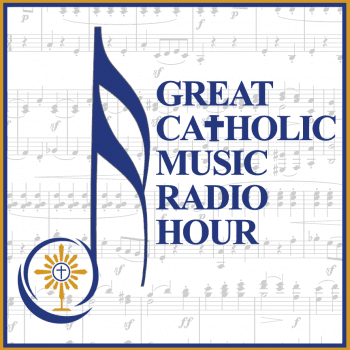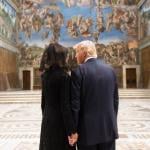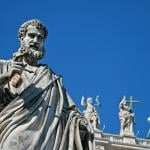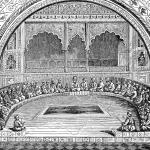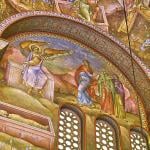Proof, from the New York Times:
On a recent Sunday afternoon, 17 people with sheet music gathered in a semicircle in the Graybar Passage at Grand Central Terminal. People streamed by. After a brief warm-up, the group’s conductor, John Hetland, dressed in dark jeans and a green plaid shirt, lifted his hands and the chorus began its a cappella rendition of a polyphonic hymn, “Kyrie,” by the 15th-century German composer Heinrich Finck.
The hallway filled with sound, the baritones roiling like cumulonimbus clouds, the altos and sopranos shooting through like light, the melodies intertwining. The voices carried down the hall and were faintly audible in the Main Concourse. A crowd gathered to listen, but no one gave money, because there was nowhere to put it. When the song was over, Mr. Hetland turned around to face the small audience.
“We’re the Renaissance Street Singers,” he said, “singing the music that we love to sing and to share.”
Founded in 1973, the singers are one of approximately 350 groups with public performance permits granted by the Metropolitan Transportation Authority as part of the Music Under New Yorkprogram, but they are perhaps the only one that does not accept donations. “I’ve been known to run after someone to give them back their $5,” said Mr. Hetland, the group’s founder. “We want to make it clear that the performances are free. We love to sing this music, and we enjoy it even more if someone else is listening.”
And so, two or three Sundays a month, the group performs 15th- and 16th-century hymns, magnificats, psalms, motets and other sacred music in a variety of public spaces in New York; the Graybar Passage is one of its usual winter spots. “Grand Central has pretty good acoustics,” Mr. Hetland said. “This music was made to be sung in a church with resonance, and this has that resonance.”
In years past, the group performed a mixture of sacred and secular music, until Mr. Hetland realized that all of his favorite pieces were religious. He decided to focus on sacred music instead. “The composers, in my opinion, really put their best efforts into it,” he said. “They believed there was a purpose to the music — that they were glorifying God.”
Read on. Check out the video at the link, too.
I’m sure, centuries hence, similar groups will gather to inspire people with renditions of “Whatsoever You Do,” “Sons of God” and “Gather Us In.”

